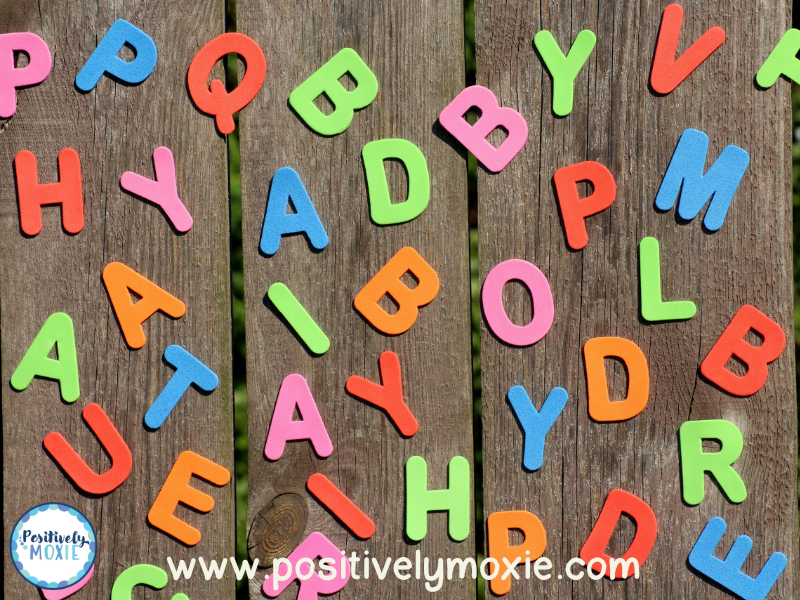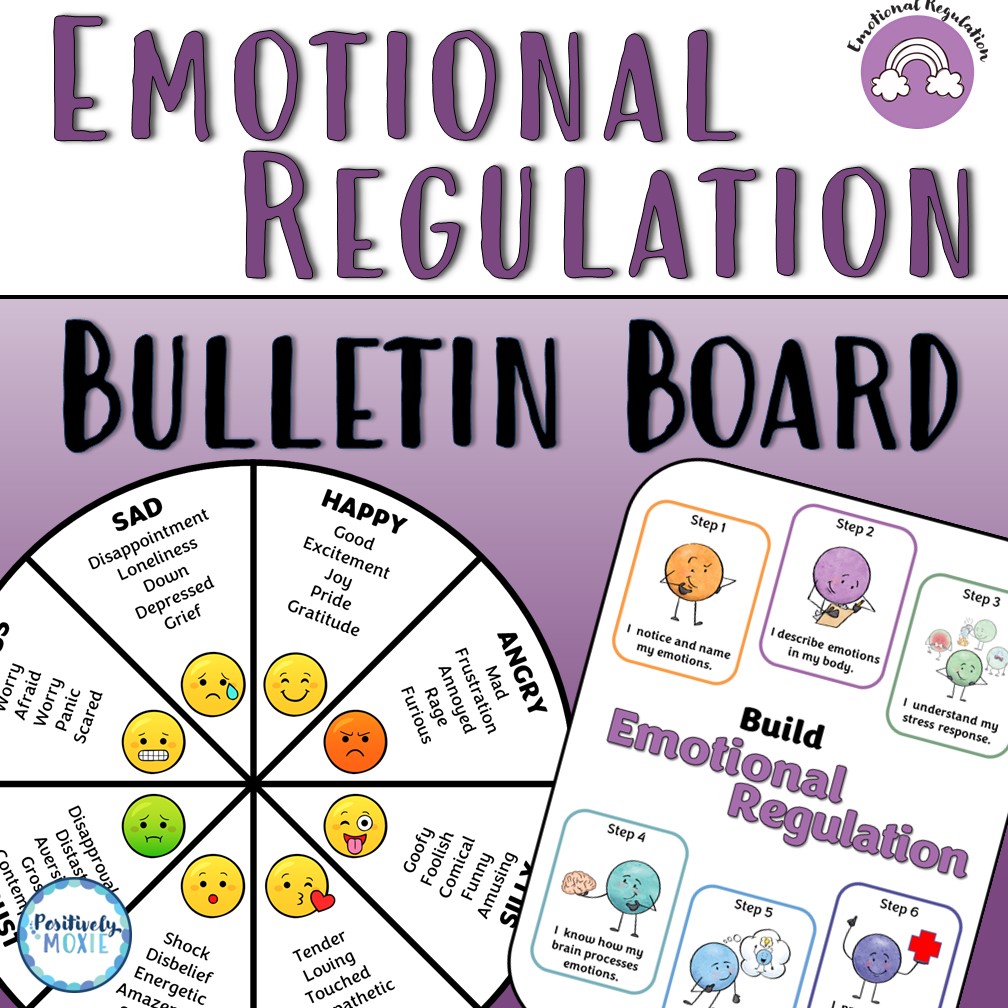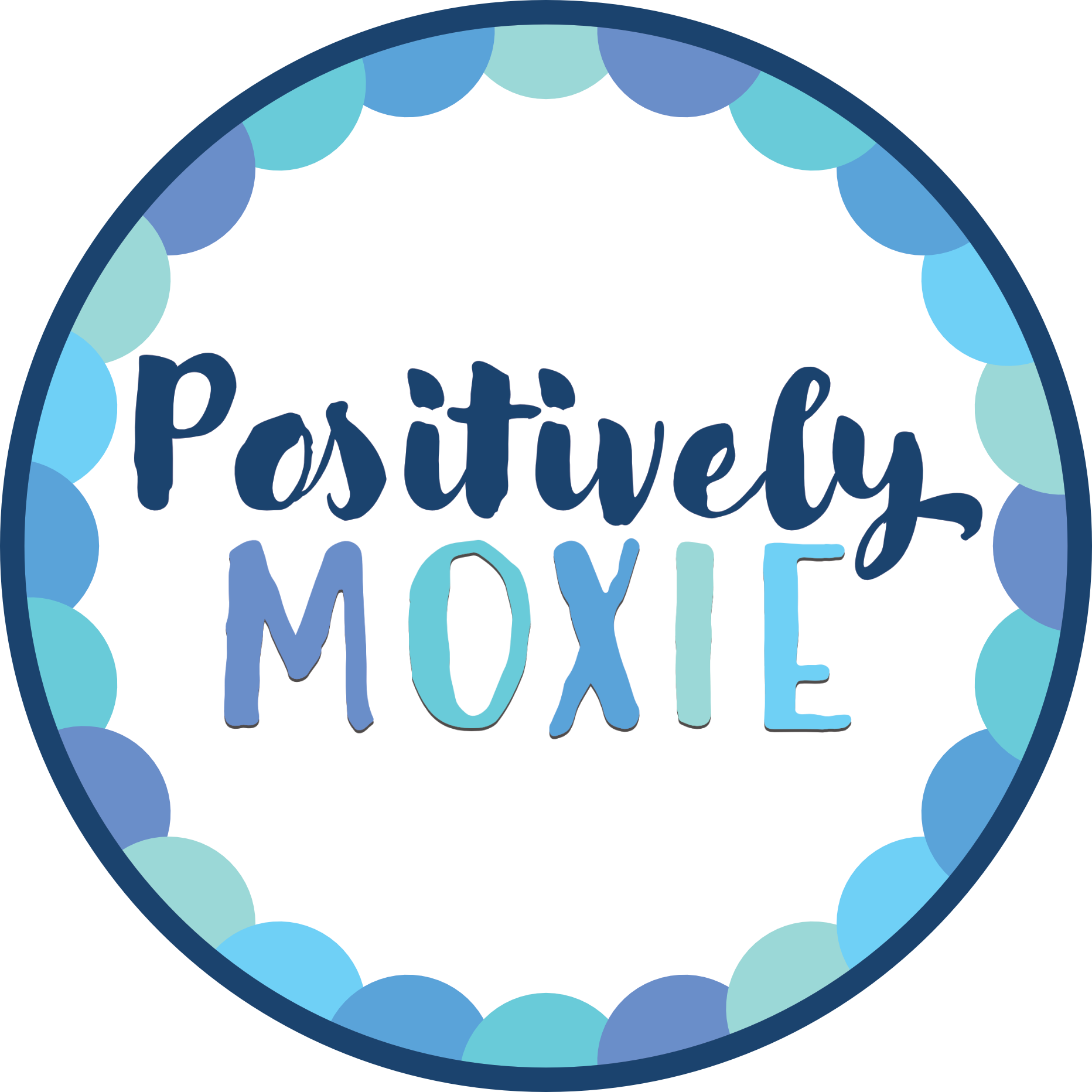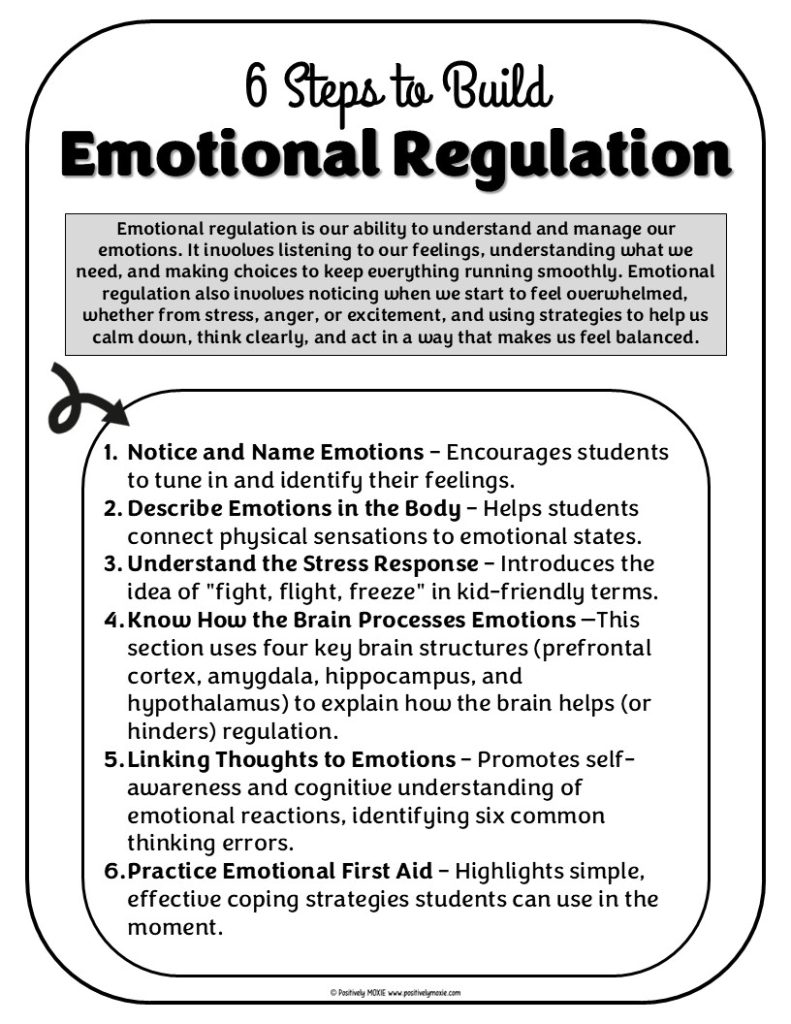Utilizing classroom bulletin boards to help students understand and regulate their emotions

Teaching students about emotional regulation can be challenging, but incorporating visuals into your lessons can make a big difference. Visual cues can simplify complex concepts, making them more accessible and engaging for students. One effective way to integrate these visuals is through a well-designed classroom bulletin board. Classroom bulletin boards not only capture students’ attention but also reinforce key ideas throughout the school day.
The Power of an Engaging Classroom Bulletin Board
Bulletin boards aren’t just for decoration; they’re powerful tools for learning. When designed thoughtfully, they can help students grasp and retain complex topics by constantly reminding them of the concepts being taught. For example, an engaging bulletin board on emotional regulation can serve as a daily reference point for students as they navigate their feelings and responses.
Imagine walking into your classroom each day and seeing a vibrant, interactive bulletin board that guides students through the steps of emotional regulation. By making these steps visually appealing and easy to understand, you encourage students to engage with the material meaningfully. In her book Self-Regulation Interventions and Strategies, author and occupational therapist Teresa Garland explains that “successful emotional regulation involves expressing our emotions as the situation demands while doing so in a way that is socially acceptable and that allows us to regain our balance when the difficult moment has passed.” The more students interact with these visual cues, the more likely they are to internalize the lessons, leading to better emotional regulation skills.
6 Steps to an Emotional Regulation Classroom Bulletin Board
The emotional regulation bulletin board we’re highlighting includes six essential steps that help students learn to manage their emotions effectively. Let’s take a closer look at each step:
1. Notice and Name the Emotion
The first step is helping students become aware of their emotions. Visuals represent different emotions, such as happy, sad, angry, or anxious, which can help students identify their feelings. Including words alongside these images encourages students to practice naming their emotions, a crucial first step in emotional regulation.
2. Describe the Emotions
Once students can name their emotions, the next step is to describe them. Visuals can show how emotions might look or feel in the body, such as a racing heart for anxiety or clenched fists for anger. This step helps students articulate not just what they’re feeling but how that emotion manifests physically and mentally.
3. Understand the Stress Response
Teaching students about the stress response—the body’s natural reaction to perceived threats—is critical for emotional regulation. Using visuals to explain concepts like “fight, flight, or freeze” makes it easier for students to understand why they might react a certain way when upset or stressed.
4. Know How Emotions Are Processed
Understanding how emotions are processed in the brain is another important part of emotional regulation. A simple diagram of the brain, highlighting areas involved in emotional processing, can help students grasp this concept. This knowledge empowers them to recognize that emotions are normal and manageable.
5. Link Thoughts to Emotions
This step encourages students to see the connection between their thoughts and emotions. Visuals that illustrate common thought patterns—like “I can’t do this,” leading to frustration, or “I’ll try my best,” leading to confidence—can help students become aware of how their thinking influences their feelings.
6. Practice Emotional “First Aid” Using Coping Tools
Finally, students need tools to manage their emotions effectively. A section of the bulletin board dedicated to coping strategies, such as deep breathing, counting to ten, or using a stress ball, provides students with practical methods to calm down when they’re feeling overwhelmed.
Emotional Regulation Classroom Bulletin Board

Creating a Classroom bulletin board that walks students through these six steps is a wonderful and informative way to help them learn about emotional regulation. Displaying fun and engaging posters, vocabulary terms, and key concepts not only makes your classroom more visually appealing but also provides a daily, interactive tool that students can use to better understand and manage their emotions.
If you’re ready to enhance your classroom with this valuable resource, our Emotional Regulation classroom bulletin board set is exactly what you need. This set includes everything from colorful posters to key vocabulary terms designed to help your students develop essential emotional regulation skills. By making these tools readily available in your classroom, you’re setting your students up for emotional and academic success!https://www.teacherspayteachers.com/Product/Emotional-Regulation-Bulletin-Board-SEL-Decor-Self-Regulation-13929997


